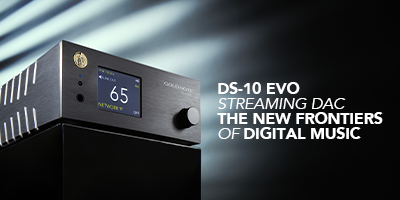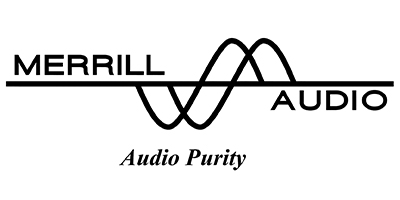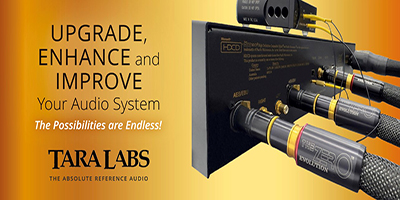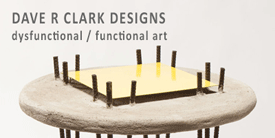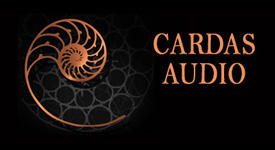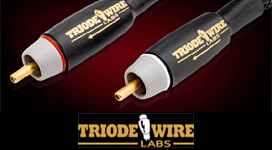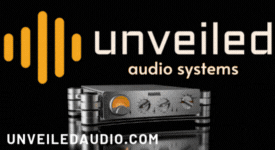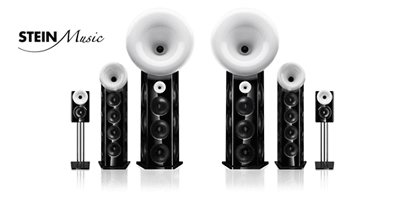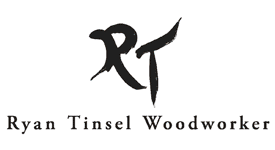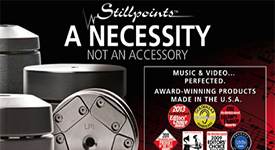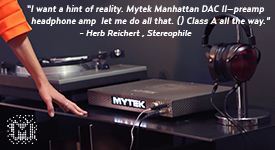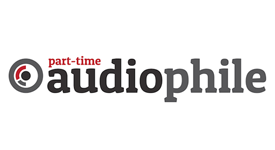I asked Frederik if he would tell us about the design and build process for state-of-the-art Duelund CAST components that delivers such a lofty level of performance.
Duelund CAST Copper Foil Paper-In-Oil Capacitors
Frederik feels that the Duelund CAST vertical stacked copper, tinned-copper, or silver foil paper-in-oil capacitors are the ultimate expression of Steen Duelund's thirty-five years of research into perfecting capacitor design for audio use, and as Frederik said, "The legacy of Mr. Duelund is to never accept compromise, and that is a principle we proudly uphold in the Duelund CAST capacitors.”
Frederik told me that many capacitors today use an insulating plastic film as the dielectric because it makes them inexpensive to produce, but the problem with using plastic is that it noticeably degrades the audio signal. "With plastic, you get what Steen would describe as an echo, masking the real details of the signal.”
Photo courtesy of Duelund Coherent Audio.
In the Duelund CAST capacitors, Frederik doesn't use any plastic, but rather only pure annealed soft copper, tinned-copper, or silver foils in natural paper and oil, along with resonance control both inside and outside the capacitor.
Each Duelund CAST capacitor is completely hand-made in an incredibly labor-intensive process.
"Foils of pure copper or silver are initially wound with paper to a certain value that is a good deal over the needed capacitance."
Photo courtesy of Duelund Coherent Audio.
"Then the foil is put under vacuum pressure in an oil tank at high temperature for about a week, so that everything inside the winding undergoes vacuum impregnation and is permeated by oil."
"When this process is done, the resulting foil is wound by hand in a humidity and temperature-controlled room to an exact specification, and then it is placed back into the oil. Immediately after this process, the winding is sealed by the use of a special lacquer, which is also used in the yacht industry to seal against moisture. This takes another week.”
Photo courtesy of Duelund Coherent Audio.
"During this process, a ring of vacuum-impregnated paper has been readied with a base of our CAST material. The winding is heated and then placed in the ring and base assembly, and CAST material is poured on top of it in five stages, with air bubbles in the CAST material being forced out by applying a very precisely controlled flame to the surface (yes, really!). This process takes another week. Following this step, the capacitor is measured and checked (as it has been at every step along the way), and if everything is okay, then we ship it to the customer. The total production time is typically six to eight weeks.”
Other than their obvious high quality, one of the most striking aspects of the Duelund CAST capacitors is their large size and heavy weight, which is due to their perfectionist design using natural materials and pure metal foil—they simply have to be larger than mass-produced capacitors with this approach.
Frederik says the careful selection of materials and this no-holds-barred style of design provide dramatic benefits for audio applications.
"From a performance standpoint, the main thing is an absolute lack of coloration and a much more natural presentation—things don't float around but stay locked in time and space. How you perceive and understand the layers in the music becomes greatly enhanced, primarily because of the sudden silence in between notes. Micro and macro dynamics take on a whole new meaning. Mr. Duelund would liken it to drinking Coke your entire life and then suddenly having a drink of pure water.”
Duelund CAST Air Core Inductors – A Breath of Fresh Air for Low Frequencies!
An inductor (also called a choke) is a passive device that stores energy in its magnetic field, whereas a capacitor stores energy in its electric field.
A capacitor is made using two foils with paper between the foils, which results in capacitance being created in the electric field between them, and an inductor is made with one foil coiled up around a core.
The Duelund CAST air core inductor—as the name implies—utilizes an air core that pure annealed soft copper foil in natural paper and oil is wrapped around (instead of around a magnetic core as with many inductors).
Photo courtesy of Duelund Coherent Audio.
The construction of a Duelund CAST air core inductor is similar to the process used to create the Duelund CAST capacitors.
First a foil of pure copper, tinned-copper, or silver is initially wound with paper around an air core to a certain value of inductance that is greater than the needed inductance.
The coiled foil is then put under vacuum pressure in an oil tank at high temperature for about a week to permeate everything with oil.
Photo courtesy of Duelund Coherent Audio.
Then the foil is coiled by hand in a humidity and temperature-controlled room to an exact inductance specification, and is then placed back into the oil. Immediately after this, the winding is sealed with a special lacquer that takes a week to cure.
During this process, a ring of vacuum-impregnated paper has been readied with a base of CAST material. The coiled foil is then heated and placed in the ring and base assembly, and CAST material is poured on top of it in five stages. A precisely controlled flame is then quickly applied over the surface to drive any air bubbles out of the CAST material.
Following this step, the inductor is measured and checked against controls to ensure quality. The total production time is typically six to eight weeks to make an inductor.
Frederick told me, "As far as I know, the Duelund CAST air core inductors are the only paper-in-oil inductors commercially available to this day.”
Frederik pointed out to me that many people mistakenly think inductors aren't as important as other circuit components because they typically deal with lower frequencies.
He said, "In fact, it's the total opposite. The lower registers are far more resonant in nature than high frequencies, which means resonance control becomes even more important. People are always slow to try the inductors, but when they eventually do, they are always amazed at the difference.”
Please click on the link below to go to the next page.

